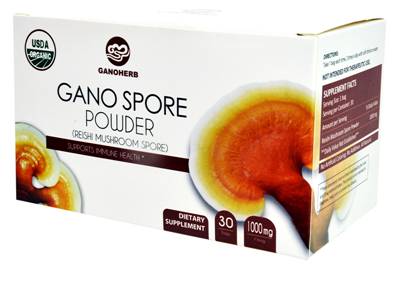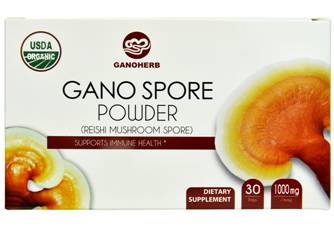One of the reasons for the formation is that the bed temperature is too high and the growth rate is too fast. The average daily temperature is around 20°C, which is most conducive to cultivating the strong plough. The quality of the seedlings deteriorates when the temperature exceeds 30°C. When the temperature of the two-leaf and one-heart-bed seedbed exceeds 25°C for two consecutive days, the growth point is stimulated by high temperature and changes from vegetative growth to reproductive growth. , Into the period of young panicle differentiation, transplanting about 30 days will be heading into a "small old man."
The second is the cross-region cultivation. The early-maturing varieties grow too fast. Because the precocious species are highly sensitive to temperature, the seedbed will accelerate the growth when it encounters high temperatures. In addition, it will increase the temperature of the seedlings and shorten the growth period, break the growth pattern of early maturing varieties, and change the heading early to become a “small calluseâ€.
The third is that the larvae are too long and extend the period of seedlings. Some people mistakenly believe that the longer the seedling is, the bigger the seedling will be, and the more the childbirth, the more misunderstood. The seedling age is 28-32 days, and the seedling age is about 35 days. The number of normal and most suitable days does not exceed 1/3 of the number of leaves of this variety, ie the leaf age of early-maturing varieties does not exceed 3-3.5 tablets, the leaf age of medium-maturing varieties does not exceed 4 tablets, the leaf age of late-maturing varieties does not exceed 4.5 tablets, and the long-term nutrition If you grow short, you will see a "small old man."
In addition, the seeding rate of seedbeds is large, the density of Honda transplanting is large, and the fertilization of Honda is insufficient. This is because the seedbed leaves are crowded, the fertilizer consumption is too large, the seedlings are weak and grow poorly, the transplanting density is too large, the main stem is more, and the tillering is less, then there will be early spikes. The small amount of fertilization, the period of vegetative growth shortened, coupled with the low temperature in spring, the release of active ingredients is slow, the early nutrition is insufficient, there is less tillering, and early spikes will also appear in the reproductive growth period.
Preventive measures If you want to prevent the emergence of “Little Daddyâ€, first of all, select the varieties that are suitable for cultivation in the area and prevent the cultivation in the area. Because the cross-region cultivation is prone to early earing or greediness. The second is to reduce the amount of sowing. The best sowing rate for rice is 300-400 grams per square meter, and the leaf age is about 35 days. The third is to strengthen seedbed management. The management of seedbed should be based on the principle of “rather cold and not hotâ€. After the second leaf is extended, the temperature is controlled at 20°C, and the temperature of the third leaf is controlled at about 18°C. Fourth, we must strengthen water management. The water management should be “better not wet†and soaked with bottom water before sowing. There was no apparent drought in the 2 leaves and 1 heart stage. Water was gradually increased after the 2 leaves and 1 heart period. The fifth is to do balanced fertilization. Balanced fertilization can promote early growth and increase delivery. 50% of the total phosphorus and potassium fertilizers and 30% of the total nitrogen fertilizer are used as base fertilizers; 30%-35% of the total nitrogen fertilizer is used as tiller fertilizer; 15%-20% are used as supplementary fertilizer; 10%-15% are used as panicle fertilizer. , 5%-10% do granular fertilizer, 50% of the total potassium fertilizer as panicle fertilizer, and the rest as topdressing.
Ganoderma Extract (Ganoderma Lucidum extract/Reishi mushroom extract) is extracted from top-graded organic shell-broken Ganoderma Lucidum spore powder using advanced modern technology. Spores are the seeds of Ganoderma Lucidum. When it matures, the spores are released from the mushroom cap. They are also where most of the nutrients of Ganoderma Lucidum are contained. In order to allow the nutrients inside the spore powder to be fully absorbed by human body, we used a patented technology called low temperature physical shell-breaking technology to crack the cell wall of Ganoderma Lucidum spore powder.

The Ganoderma we used for this product comes from our self-built organic Ganoderma farm at Mt. Wuyi. Both the farm and the GMP workshop have acquired organic certifications from 4 countries and regions including Chinese, Japan, the US, and the EU. We do not use any type of herbicide, pesticide, or chemical fertilizer during the whole cultivation process, delivering the best and safest product to our customers.

By using extraction technology, we can increase the concentration of Ganoderma polysaccharides and triterpenes in the product. Reishi Mushroom Powder polysaccharides and triterpenes both work together to enhance human’s immune system, fighting against diseases and infections. Also, Ganoderma can help protect the liver, increase sleep quality as well as relive stress.
Ganoderma Extract
Ganoderma Extract,Reishi Spore Powder,Ganoderma Lucidum Powder,Ganoderma Lucidum
Ganoherb International Inc. , http://www.ganoherb.us